AO Edited
Ford's Folly
This dam in the woods, built by Henry Ford with only manpower and oxen, holds no water and serves no purpose.
In 1923, Henry Ford came to Sudbury, Massachusetts, to build a “colonial town”—a 300-person village whose residents would live in the “manner of our pilgrim fathers.” This historic village and museum was to serve as a “splendid example of Colonial America” and re-ignite country’s pioneer spirit.
Ford centered this project on the old Howe Tavern (1686), which was also known as Longfellow’s Wayside Inn from the book of poems by Henry Wadsworth Longfellow. He purchased the structure in 1923, along with 2,822 acres of surrounding land.
Henry Ford renovated the inn and built several buildings on the land around it. These include the Martha-Mary Chapel, a traditional, white, New England-style, nondenominational church and wedding chapel that has been used as a set in several movies; and the Grist Mill, a fully operating, water-powered stone mill that still grinds grain for the rolls, cornbread, and other baked goods served at the Wayside Inn.
Ford had the Redstone Schoolhouse of “Mary Had a Little Lamb” fame moved here from Sterling, Massachusetts, along with the little red outhouse behind it. To protect the inn from the vibrations caused by heavy traffic, Ford constructed the Route 20 bypass and sold it to the Commonwealth of Massachusetts for $1.
The dam was built to create a reservoir for the village complex by trapping water from Hop Brook, a small stream that runs down the side of Nobscot Mountain. The water was tested and found to be pure. In the interest of historical accuracy, the dam was, along with the rest of the complex, constructed “in the traditional manner.” That meant using local stone, oxen and manpower.
Unfortunately, the long dam was sited on “incompetent” fractured rock. Incompetent bedrock tends to be relatively weak and, in this case, porous. That meant the dam, despite its size and years of labor to correct the problem, simply could not hold the reservoir it was designed to create. In a rainy year, it would fill in the spring and then drain in the fall. In a dry year, it would not fill at all.
Ford’s property manager, John Campbell, spent 16 years, from 1930 to 1946, attempting to fix the dam so it would hold water. His efforts can be seen in several large blocks of concrete on the left side at the bottom of the dam. None of them worked and he was forced to abandon the project.
So, today, there it stands: Ford’s Folly, a dam without water in the middle of the woods. It’s 30 feet high and over 900 feet long, with forest on both sides. Hop Brook still trickles up to the dam and then under it, burbling on its way without hindrance.
Visitors can walk across the top of the dam safely because of chain-link fencing on either side. It’s unsightly and poison ivy is encroaching, but the sides of the dam are very steep and the ground is far down. If you think you see a wrecked car or two at the bottom, that’s because local teenagers used to push them off the top. On the dam’s far end, visitors will be close to the backyards of homes built long after 1945, when Henry Ford sold the Wayside Inn and shifted his focus to Dearborn, Michigan.
Know Before You Go
The best time to view the dam is in the fall, when the leaves are off the trees. Turn off Route 20, the Boston Post Road, onto Brimstone Lane. Drive up this steep, one-lane road until you reach the Nobscot Conservation Land parking lot, just before Brimstone becomes a private road. On the other side of the road, you will see a trail leading downward.
Follow the trail down and turn right. Walk through the conservation land until you reach another fork and turn right. (There’s a sign on a tree at the fork.) You will cross over Hop Brook, the stream that was supposed to feed the reservoir. The trail will lead you straight to the top of Ford’s Folly. Warning: the path is overgrown in places. You will encounter both mosquitoes and lush growths of poison ivy on the trail and the dam. Dress appropriately.
Community Contributors
Added by
Edited by
Plan Your Trip
The Atlas Obscura Podcast is Back!







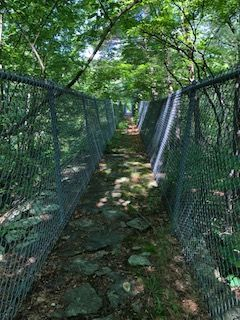

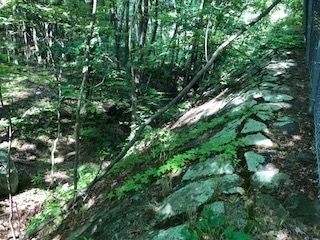

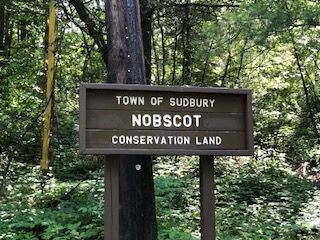



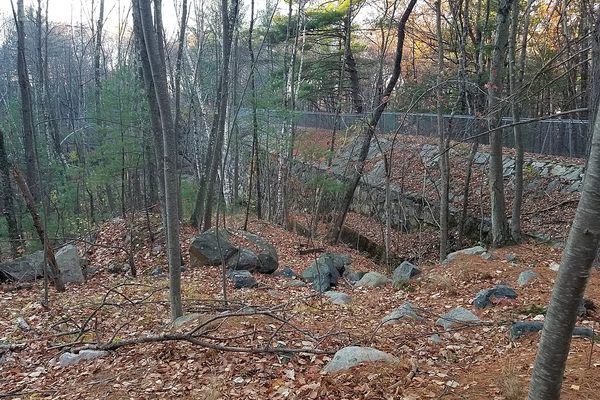







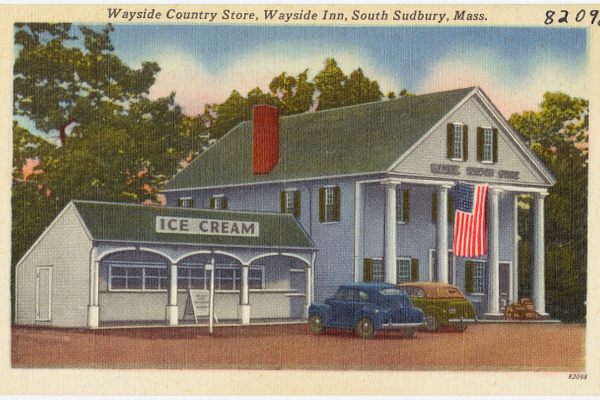

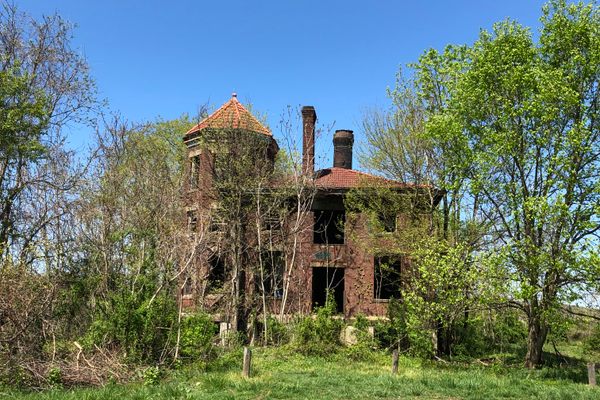




Follow us on Twitter to get the latest on the world's hidden wonders.
Like us on Facebook to get the latest on the world's hidden wonders.
Follow us on Twitter Like us on Facebook